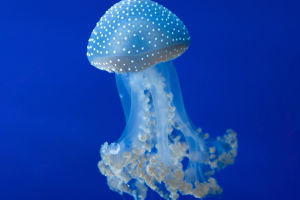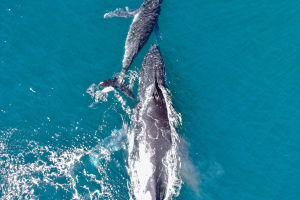Penguin feces or guano, often overlooked and regarded as merely waste, play a crucial role in various scientific and ecological contexts.
These excretions provide valuable insights into penguin health, diet, and environmental impacts, making them a significant focus of study for ecologists, conservationists, and environmental scientists.
1. The Ecological Role of Penguin Guano
Penguin guano, are a critical component of the ecosystems in which penguins live. In their natural habitats, which range from the icy shores of Antarctica to the temperate coasts of South Africa, penguin guano contributes to nutrient cycling.
The high nutrient content in penguin guano, particularly nitrogen and phosphorus, enriches the surrounding soil and marine environment. This nutrient enrichment supports the growth of algae and phytoplankton, which forms the base of the food chain in marine ecosystems.
On land, penguin guano accumulates in large quantities, particularly in breeding colonies where penguins gather in dense groups.
Over time, this accumulation can lead to the formation of nutrient-rich soils, which can enhance plant growth and affect the local flora. In some cases, these nutrient-rich soils can support specialized plant species adapted to the high-nutrient conditions created by penguin guano.
2. Scientific Insights from Penguin Guano
Studying penguin guano offers valuable insights into the diet and health of penguins. The composition of guano can reveal information about the types of prey penguins consume.
For example, the presence of fish scales, cephalopod beaks, or crustacean exoskeletons in feces can indicate the specific dietary preferences of different penguin species. This dietary analysis helps researchers understand penguin foraging behavior, prey availability, and changes in food sources over time.
Additionally, penguin guano can be analyzed for signs of disease and parasites.
By examining the fecal matter for pathogens or abnormal microorganisms, scientists can monitor the health of penguin populations and detect potential outbreaks of diseases.
This information is crucial for managing wildlife health and ensuring the sustainability of penguin colonies.
3. Penguin Guano and Ecosystem Health
The study of penguin guano extends beyond individual health and diet; it also provides insights into broader ecosystem health. Changes in the quantity and quality of penguin guano can indicate shifts in the surrounding environment.
For instance, a decline in guano production may signal reduced penguin populations, which could be due to environmental changes, food shortages, or other stressors.
Penguin guano can serve as a proxy for understanding the impacts of climate change on marine ecosystems. For example, alterations in penguin diet and fecal composition can reflect changes in ocean temperature and prey availability.
By monitoring these changes, scientists can assess the broader implications of climate change on marine food webs and ecosystem dynamics.
4. Conservation and Management Implications
Understanding the role of penguin guano in their ecosystems is essential for effective conservation and management strategies. The nutrient enrichment provided by penguin guano can have both positive and negative effects on local environments.
In some cases, excessive guano accumulation can lead to environmental degradation, such as soil erosion or contamination of freshwater sources.
Managing guano deposits and ensuring that they do not adversely affect the surrounding environment is an important aspect of conservation efforts.
The study of penguin guano can inform conservation measures aimed at protecting penguin habitats. By monitoring changes in fecal composition and guano accumulation, conservationists can identify potential threats to penguin colonies and implement targeted interventions.
For example, if a decline in guano production is detected, conservationists can investigate potential causes, such as habitat destruction or pollution, and take steps to address these issues.


